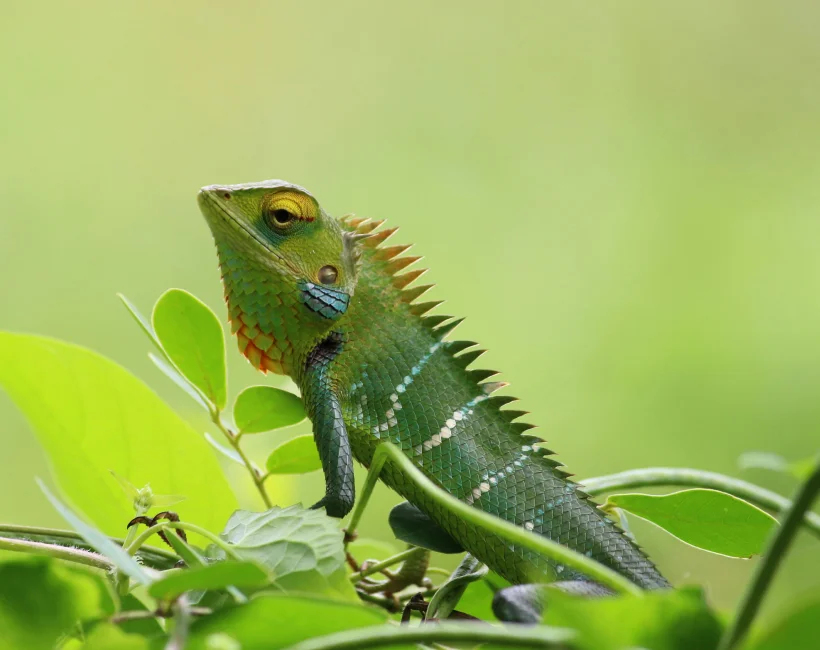Most occupants spend approximately 90% of their time indoors (Klepeis et al., 2001), especially because of the COVID-19 pandemic (Lee et al., 2020), so they expect a more satisfaction level in indoor environment. Due to the limited daylight available in indoor spaces, however, their satisfaction is not high enough. Especially, employees are dissatisfied when they work in their offices without daylight, and many studies have examined that employees have increased their productivity with daylight (Hathaway, 1992; Heschong, 1999). Therefore, to maximize receiving daylight into buildings, it is essential to understand the principles of nature, biomimicry.
Terms such as “biomimetics” and “biomimicry” refer to the approaches explicitly using the knowledge gathered from living systems to improve human-created technology. Otto Herbert Schmitt coined the term “biomimetics” in 1969 as a derivative of the Greek words “bios” and “mimesis” (Schmitt, 1969), and the term “biomimicry” is defined as “imitating or taking inspiration from nature’s strategies to solve the problems” (Benyus, 1997). Biomimetics concentrated on producing a device that explicitly mimicked nature’s strategies, and biomimicry was expanded as part of the field of natural sciences (DeLuca, 2017). For example, El-Zeiny (2012) indicated that bringing daylight into an interior space effectively reduces the need for artificial lighting. In this example, biomimetics can be a tool for developing the devices providing daylight into an interior space, while biomimicry refers to the overall production process.
Daylight and biomimicry are the most critical factors for occupants’ satisfaction in indoor environment. According to a previous study (Son, 2020), a novel strategy has been proposed to bring daylight into non-window spaces using biomimetic solutions inspired by polar bear’s hair.
This research is a continual improvement project following my previous research, “Finding a Novel Biomimetic Solution and Its Impact on Building Energy Consumption,” funded by New Faculty Start-Up Program. The previous research has demonstrated the effects of biomimicry ideas to save building energy. Biomimicry is a term appearing from bios (meaning life) and mimesis (meaning to imitate) and became popular by scientist and author Janine Benyus in her 1997 book Biomimicry: Innovation Inspired by Nature.
In the previous study, a biomimetic window system was tested in AT building at Ball State University using a simulation program called EnergyPlus. The proposed biomimetic window system played a new role in reducing energy consumption in AT building, and I expect this system can provide occupants with satisfying and enjoyable environments. Furthermore, this study intends to investigate the enhancement of occupants’ satisfaction in virtual reality (VR) environment with the biomimetic window system in AT building. Since the proposed biomimetic window system is not an existing system, a VR experiment needs to be conducted to see how the occupants’ satisfaction level changed. Therefore, this study will collect data through questionnaires about the biomimetic windows and their perception of the indoor environment.






